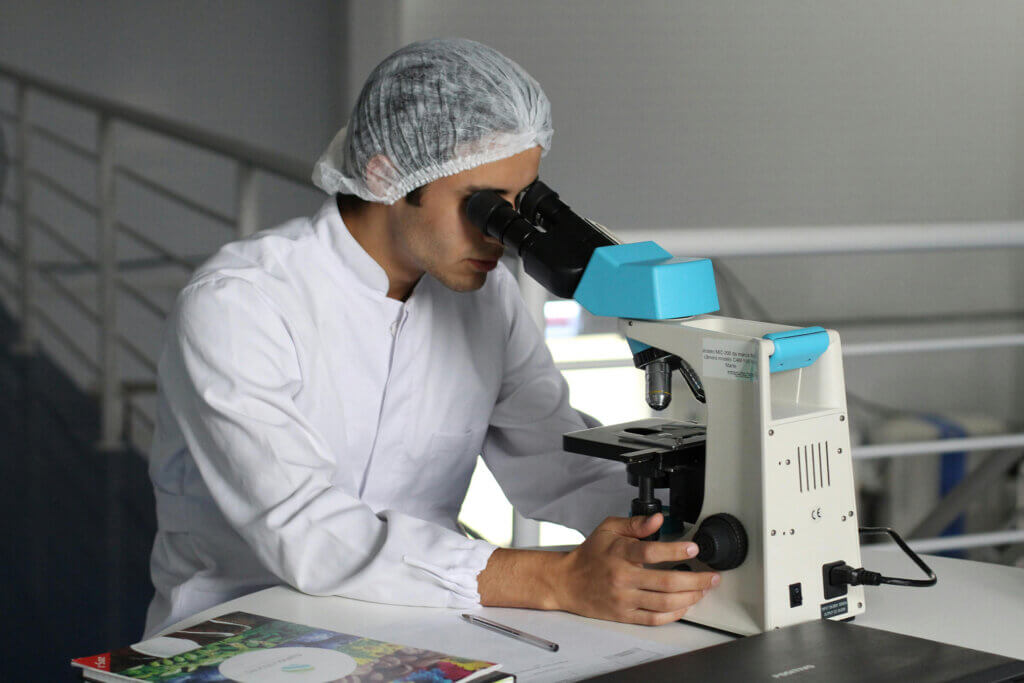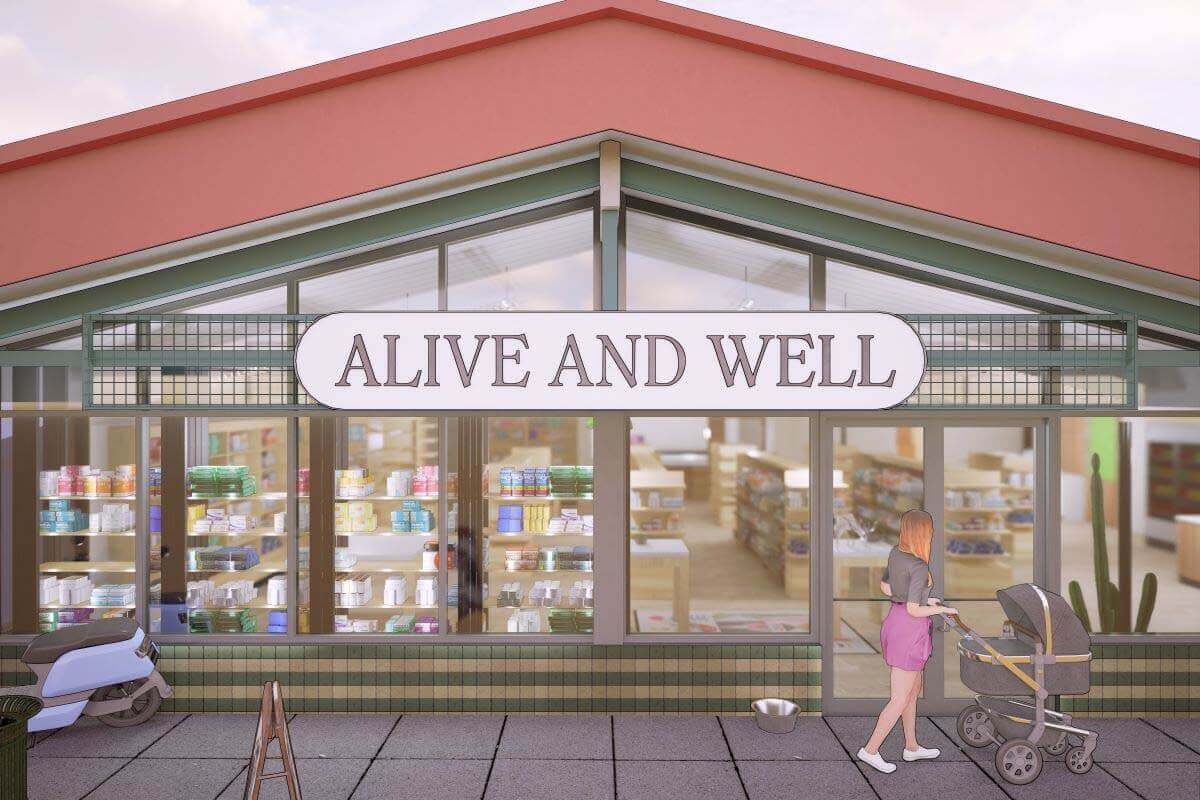Have you ever wondered what that slimy substance is, coating rocks at the river or the plaque that forms on your teeth? Meet biofilm, an often overlooked but remarkably influential component of many natural and artificial environments. Biofilms are communities of microorganisms that stick to each other and surfaces, forming a protective layer. They’re more than just a nuisance; they’re a fascinating example of microbial cooperation and survival.
In nature, biofilms are incredibly common. They can be found in almost any environment – from the deep sea to the highest mountains, in soil, in rivers and oceans, even in our bodies. These microbial communities play crucial roles in various ecosystems, contributing to nutrient cycling, soil formation, and water purification. But despite their ubiquity, biofilms remain a mystery due to their complex structure and diverse composition.
However, biofilms can have beneficial and harmful impacts on human health. They play a vital role in maintaining our body’s microbiota. In this blog post, we will delve deeper into the world of biofilms – what they are, why they’re important, and how they affect our everyday lives.
Understanding Biofilm Disruptors
Biofilm disruptors are essential in controlling the growth and impact of biofilms. These disruptors can range from chemical substances to specific enzymes that break down the protective matrix of a biofilm. Identifying the formation of biofilms is the first step toward effective disruption. It involves recognizing the signs of biofilm presence, such as a slippery surface on a rock in a river or a plaque on teeth.
Factors contributing to biofilm growth include nutrient availability, temperature, pH levels, and the presence of surfaces for attachment. These conditions can vary greatly between different environments. Understanding these factors can help in developing effective strategies for biofilm disruption. In terms of health, disrupting biofilms is vital as they can lead to serious infections and diseases if left unchecked.
The Natural Approach: How to Break Down Biofilm
One of the most common strategies for breaking down biofilms is using enzymes. Enzymatic strategies involve using specific enzymes that can degrade the biofilm matrix, disrupting the microbial community. This strategy is often used in medical and dental settings to prevent biofilm-related complications.
Probiotics also play a crucial role in managing biofilms. Certain probiotics can inhibit biofilm formation, making them a natural and beneficial approach to biofilm management. Similarly, dietary interventions can help reduce biofilm formation. Consuming foods rich in particular nutrients can limit the availability of resources that biofilms need to grow.
Biofilm Treatment Modalities
In the battle against biofilms, several treatment options are available— from medical interventions to alternative therapies. Let’s delve into these methods and see how they help control biofilms.
Medical Interventions
Medical interventions usually involve the use of antibiotics and antimicrobial agents. Antibiotics are often the first line of defense against biofilms, but it’s worth noting that biofilms can sometimes resist them. Therefore, pairing antibiotics with other treatment strategies for optimal results is essential. Besides, antimicrobial agents, which kill or inhibit the growth of microorganisms, find extensive use in healthcare settings. They effectively control biofilm formation and growth on medical devices and surfaces.
Alternative Therapies
Alternative therapies offer a different approach to biofilm treatment, with herbal remedies and essential oils being popular choices. Certain herbs, like garlic and turmeric, have properties that can disrupt biofilms. Garlic is known for its potent antibacterial and antifungal properties, while turmeric is revered for its anti-inflammatory effects. Essential oils such as tea tree and oregano oil also promise to break down biofilms. These oils are typically applied topically or diffused into the air for their benefits.
Biofilm Removal Techniques
Removing a biofilm can be complicated, but various mechanical and chemical techniques can be used. This section will discuss some of the most common techniques for dealing with these stubborn microbial communities.
Mechanical Methods
Mechanical methods, including scrubbing and brushing or ultrasonic cleaning, can effectively remove biofilms. Scrubbing and brushing work well for eliminating biofilms, such as dental plaque, on solid surfaces. On the other hand, ultrasonic cleaning employs high-frequency sound waves to dislodge biofilms. It’s a preferred method for cleaning medical instruments and other hard-to-clean items.
Chemical Approaches
Chemical approaches like acidic solutions and chelating agents can also assist in biofilm removal. Acidic solutions, like vinegar, can help dissolve biofilms, making them a popular choice for household cleaning. Chelating agents, which bind to metals, disrupt the structure of the biofilm, making it easier to remove. These agents find regular use in healthcare and industrial settings.
In addition to these approaches, products like Cellcore Para 1 offer a targeted strategy for biofilm removal. Incorporating such products into your biofilm removal plan can significantly enhance the process’s effectiveness.
Prevention Strategies for Biofilm Formation
Hygiene practices play a significant role in preventing biofilm formation. Regular cleaning and disinfection of surfaces, particularly in healthcare settings, can significantly reduce the risk of biofilm development. Additionally, maintaining good oral hygiene can prevent the formation of dental plaque, a common type of biofilm.
Environmental considerations are also crucial in biofilm prevention. For instance, controlling moisture levels and temperature in specific environments can limit biofilm growth. On a personal level, habits such as regular hand washing and maintaining a healthy diet can also contribute to biofilm prevention. By understanding and implementing these strategies, we can better manage and prevent the formation of biofilms in our everyday lives.
Summary: Decoding Biofilm for a Healthier Future
Understanding what biofilm is and why it’s essential is crucial for healthcare professionals and everyone. Biofilms are complex communities of microorganisms that can be notoriously hard to eliminate. Their ability to adhere to various surfaces and develop resistance to traditional antimicrobial treatments has significant implications for healthcare and beyond. From medical devices to water systems, biofilms can cause numerous problems, making their effective management a priority.
However, the good news is that there are natural ways to break down biofilms. From using herbal remedies and essential oils to adopting products like Cellcore Para 1, we can effectively combat these microbial communities. Learning how to break down biofilm naturally can be an empowering step towards maintaining our health and the cleanliness of our surroundings. So, let’s continue to explore and promote these natural methods against biofilms, ensuring a healthier and safer environment for all.









